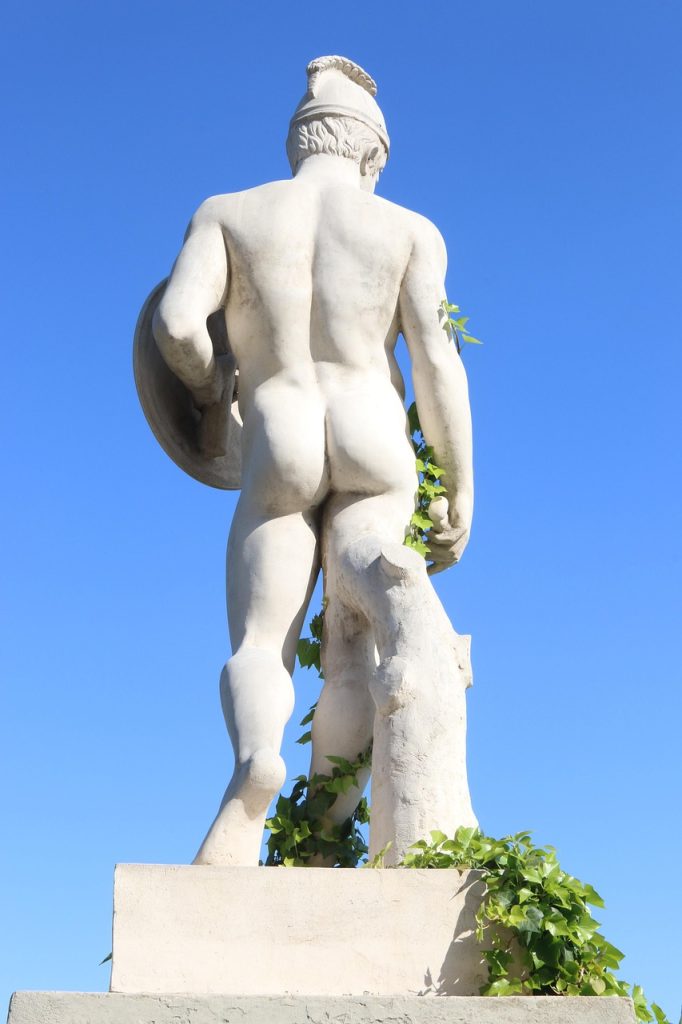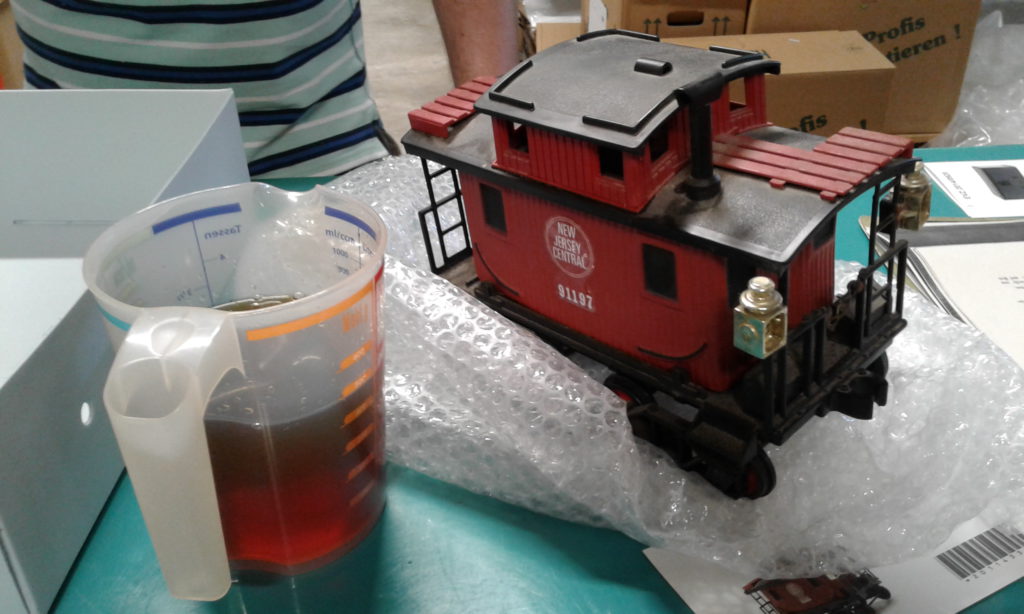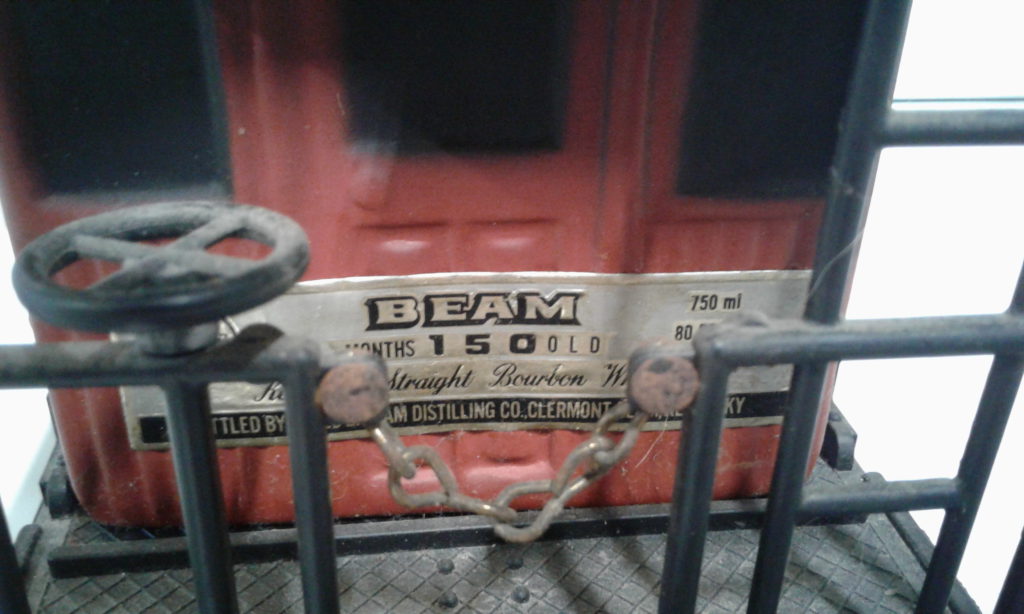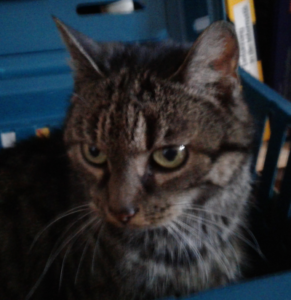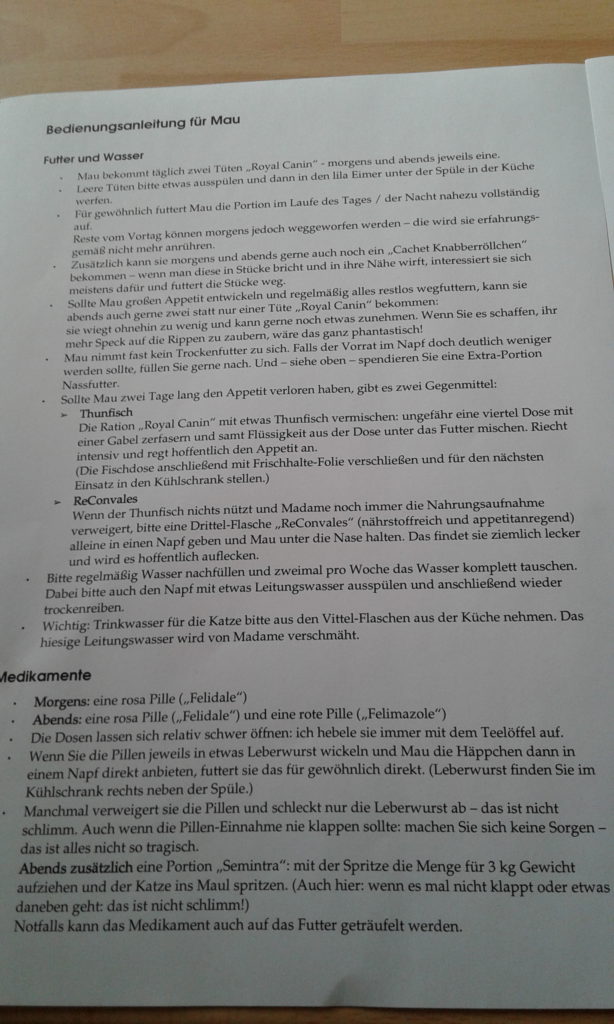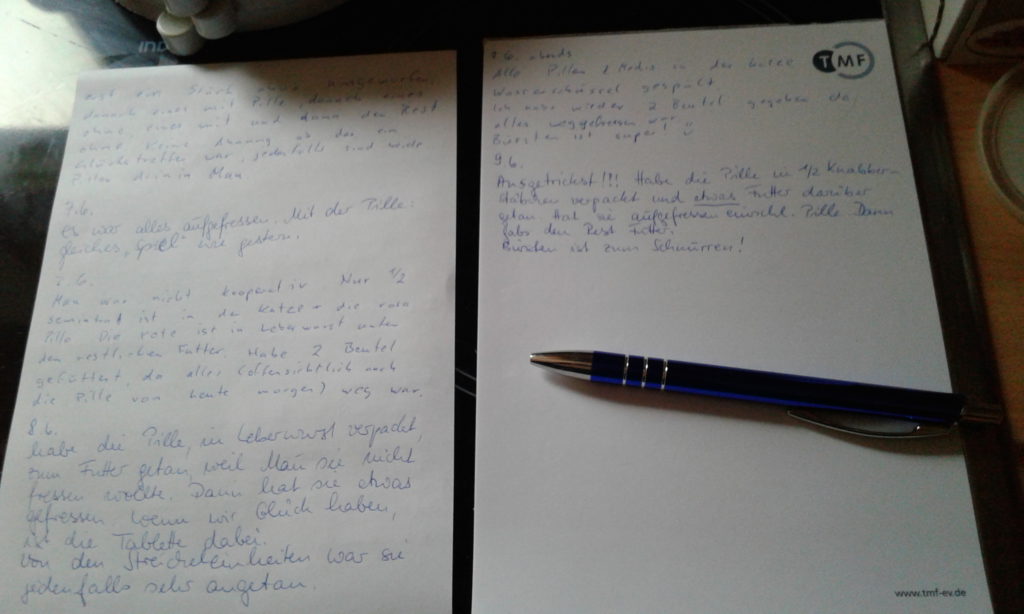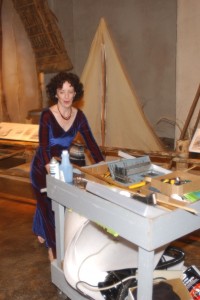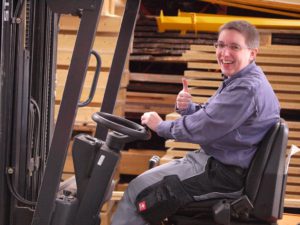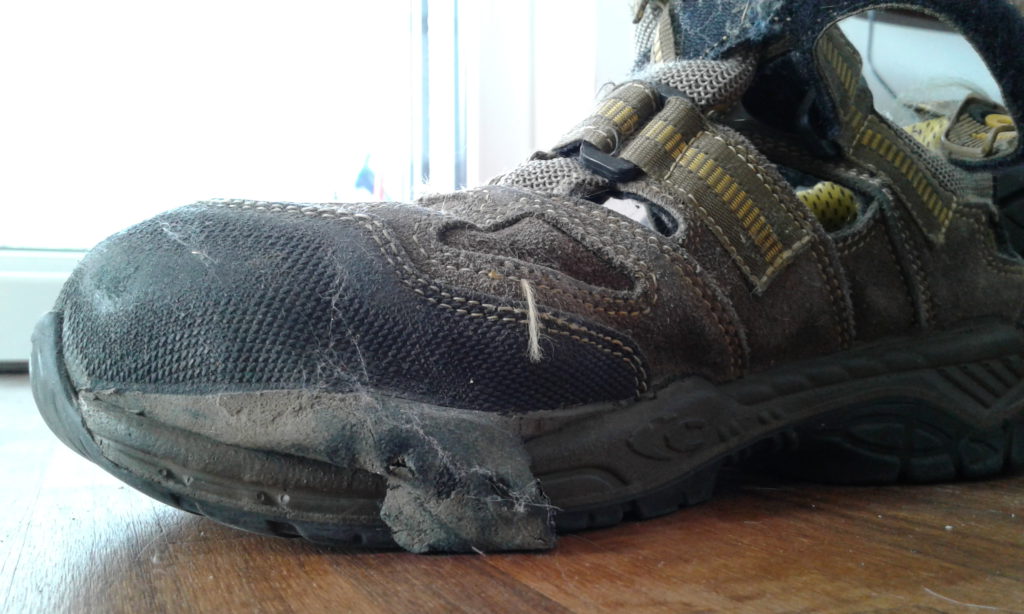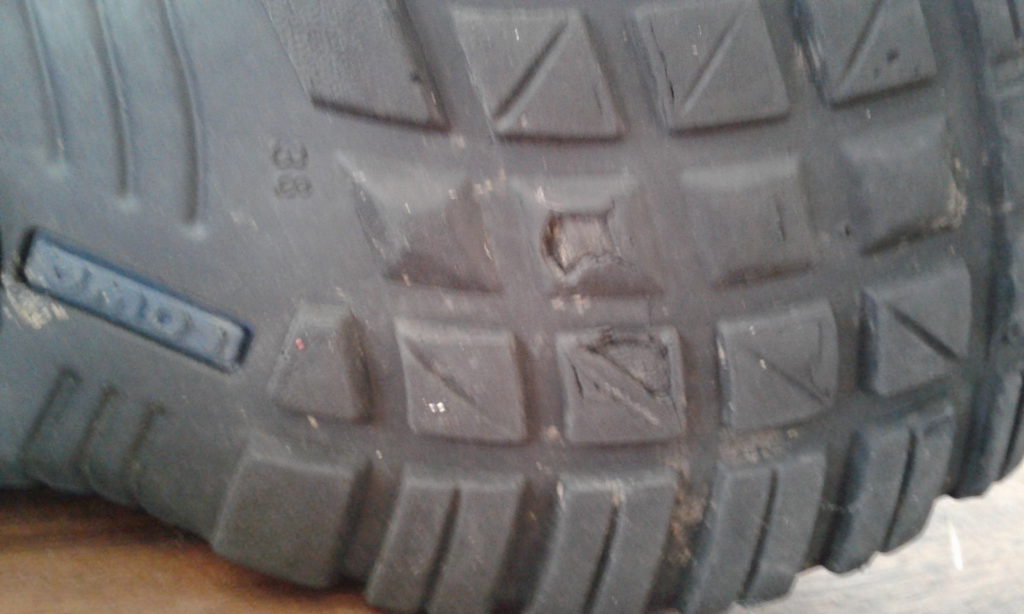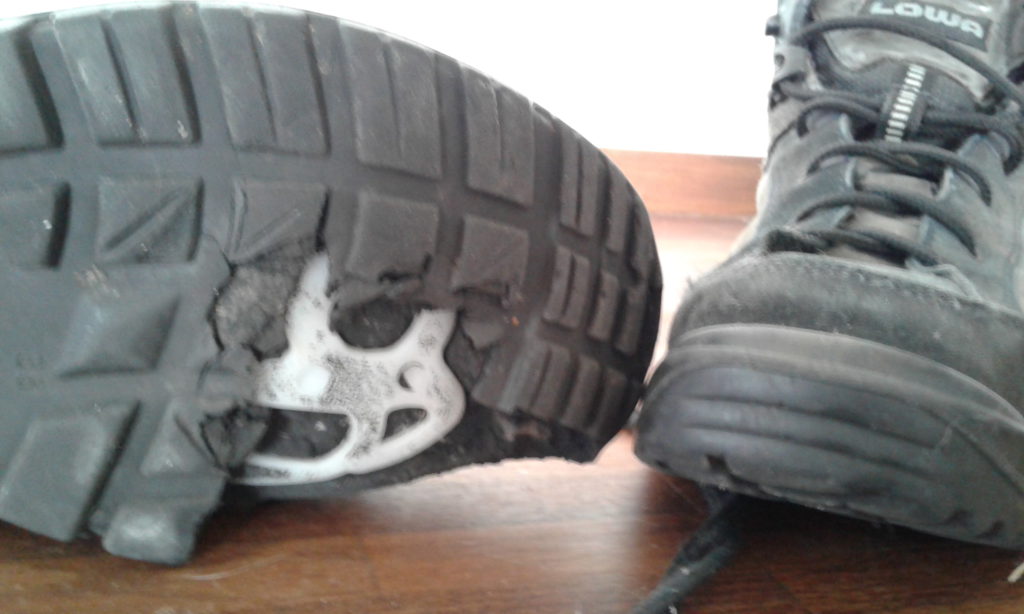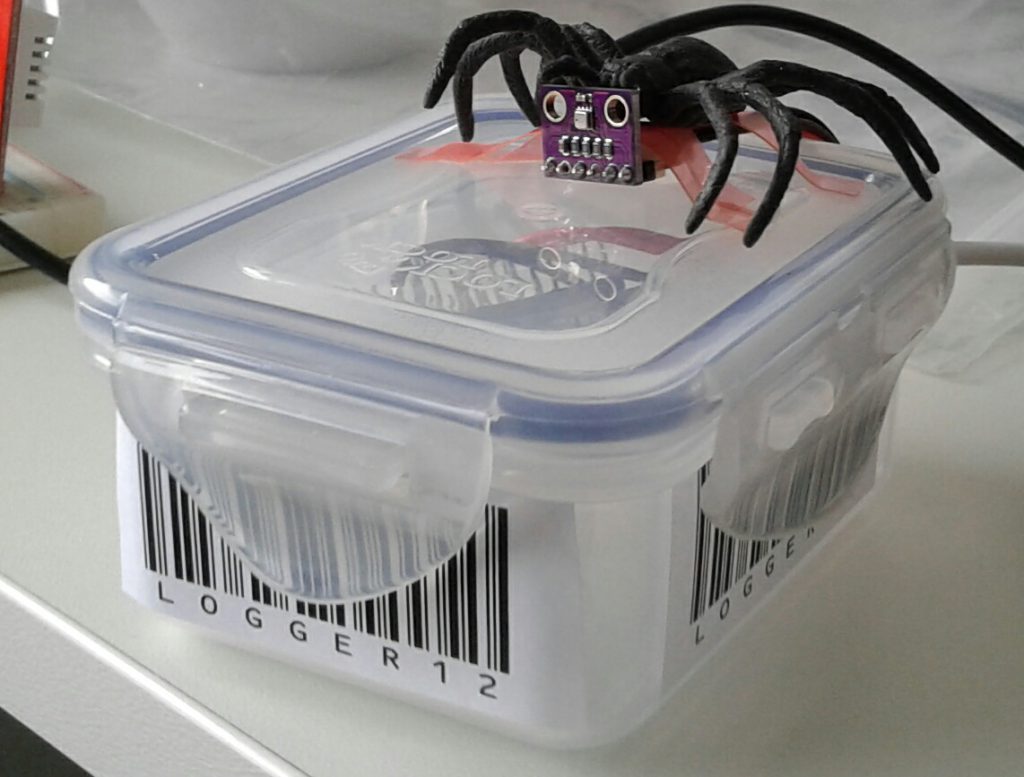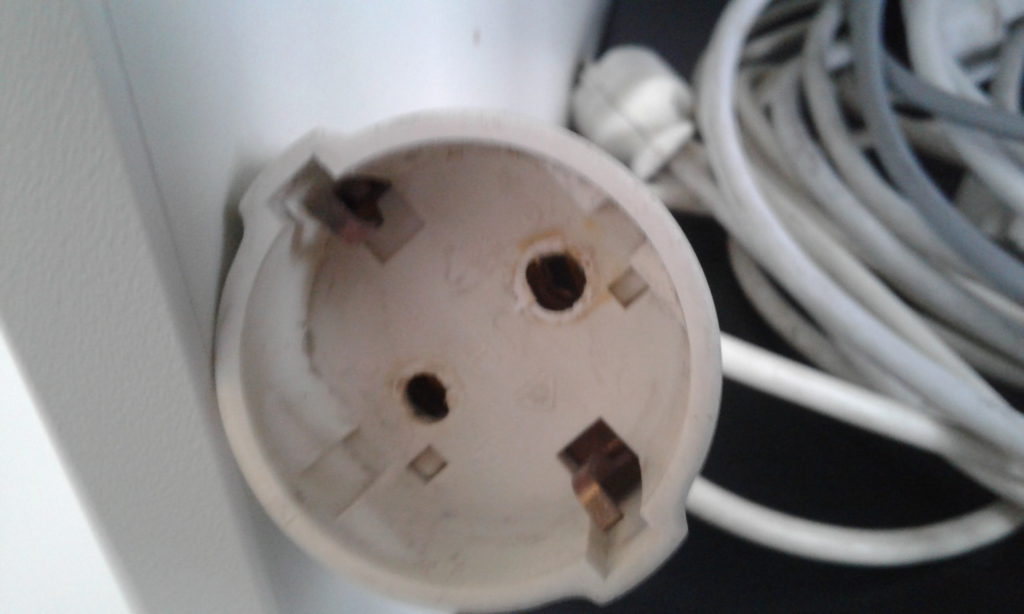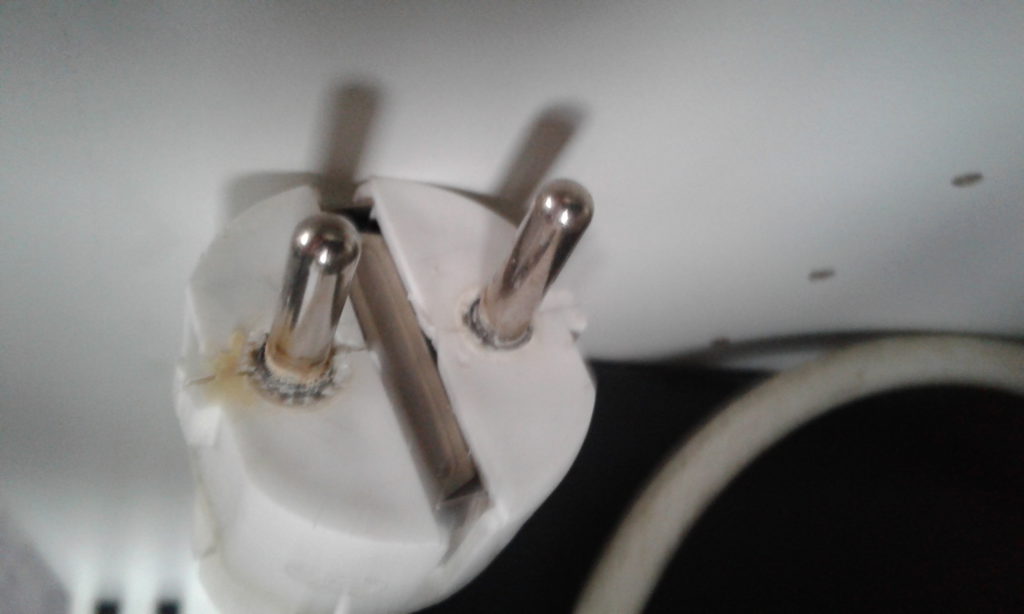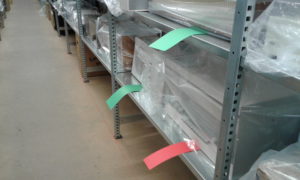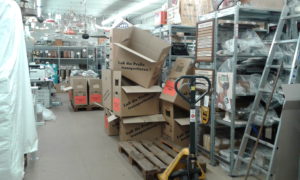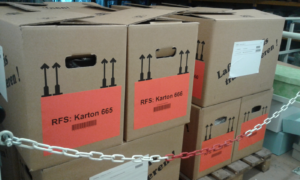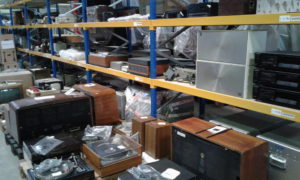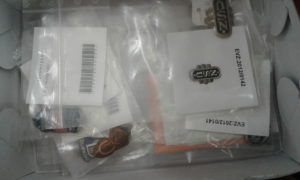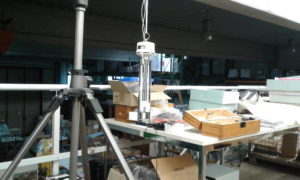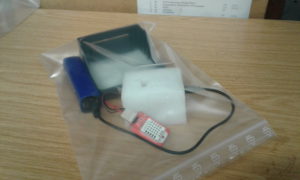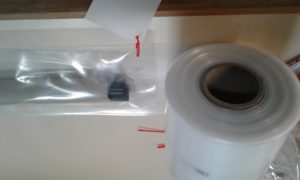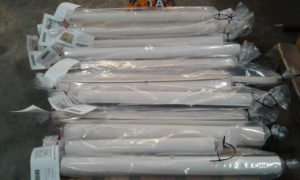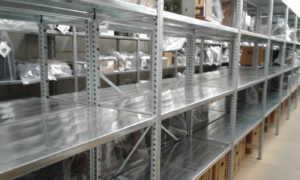
I certainly stared for ten minutes at the message from a former fellow student in my inbox and still couldn’t believe it. Hans Wilderotter had died, suddenly and unexpectedly. I think for me it would always have been suddenly and unexpectedly. He was the kind of human being I often think about but simply don’t think about the possibility of him not being there anymore.
While I am writing this, I have a vivid impression in my mind: He is arriving from somewhere, probably too late, fluttering trench coat and wavy hair, briefcase in hand, cigarillo in the corner of his mouth, and even before he is fully there, he already starts talking. It is probably the story why he is late. And probably it is either the eternal struggle against public transport or an exhibition project where something went wrong in unusual ways, perhaps expected, perhaps unexpected. And the story is so entertaining that a few sentences in you are already incapable of staying cross with him for the delay and are just listening intrigued, to what had happened.
Hans Wilderotter to me was so much more than just one of four professors in the Museum Studies program of the HTW Berlin. He was a mentor in the best possible sense. I think I never again met a person who knew so much about so many things. You could be interested in the most obscure topic, things far from his subject and experience and still, he certainly had read something about it or at least could associate it with something he already did an exhibition on or in some other way came into contact with. Perhaps much more important: he was interested in everything and always wanted to know more. For this, it didn’t matter if the person he was talking with was a longstanding director of a museum or a student in their second semester. He was always curious, “thirsty for knowledge” in the best sense and it was always the human being and its competence that counted, not the formal credentials or the rank in a bureaucratic hierarchy.
While I am writing this it gets difficult to separate the facts from the impact they had on my life. He was the supervisor for my thesis and despite the fact that he didn’t know anything about websites the discussions with him made the result much more precise and comprehensive than originally planned. Even today his structured approach and the way of asking the questions that are not at all obvious at first glance is shaping how I tackle things. Even as a student he brought me into one of his exhibition projects (of which there was always at least one running beside his lectures) as a project assistant and it is very likely that the fact it made me travel the farthest corners of the state of Brandenburg to wrestle with database problems played a role in me getting my current job. Years later, when he had to drop out of presenting at a conference at short notice he simply informed the organizers, “Kipp is working in that museum, she can do it”. That was me, being thrown into the absurd situation of giving a typical Wilderotter lecture about organizing exhibitions in a museum where my role was usually strictly confined to behind the scenes work.
From the wealth of memories I want to pick one that is showcasing what kind of human being Hans Wilderotter truly was:
The headquarters of aforementioned exhibition project was Potsdam and I lived basically at the other end of Berlin. Every once in a while I would drop him off at his place when we finished around the same time. I can still see him like yesterday, in the passenger seat beside me, jumping from association to association, from detailed planning at one venue to an analysis of the etymology of a certain term and back or further to the analysis of the character of one of our colleagues and suddenly he said: “And tell [name of colleague] tomorrow his right stoplight doesn’t work, it’s essential.” I had realized that one of the stoplights of the car in front of us didn’t work, but not that it was the car of a colleague. It was about the same time a budget freeze meant that invoices of freelancers weren’t paid. From some other topic coming he touched upon that fact and offered he could lend me money if I were in difficulties because of that. This trip home (and I am not sure if both was on the same trip or if my mind plays tricks on me) for me is Hans Wilderotter in a nutshell, the essence of what made him unique to me: alongside the nearly encyclopedic knowledge the incredible alertness to everything that went on around him, matched with a deep empathy for the people he worked with.
It will take a long time until I will have come to terms with the fact that he isn’t with us any longer. He lives on in countless memories, wise observations, witty comments, in many things I do every day in my job.
And when I am seeing him now in front of me, I see him with a slightly amused expression on his face and a mischievous twinkle in his eyes, just as if he wanted to say that it is unbelievable how someone can write so much muddleheaded stuff in such a short time and all of that only because he died.
I can very nearly hear him asking if there wasn’t something more worthwhile to do on a Sunday morning.
No, Wilderotter, there wasn’t. And I’d happily sacrifice a lot more of my Sunday mornings if it gave me the opportunity to talk to you just one more time.
May you rest in peace and if one of the religions with an afterlife is right, then I am very much looking forward to hear the story why you are late for the resurrection.
In deep respect and gratitude
Angela Kipp

